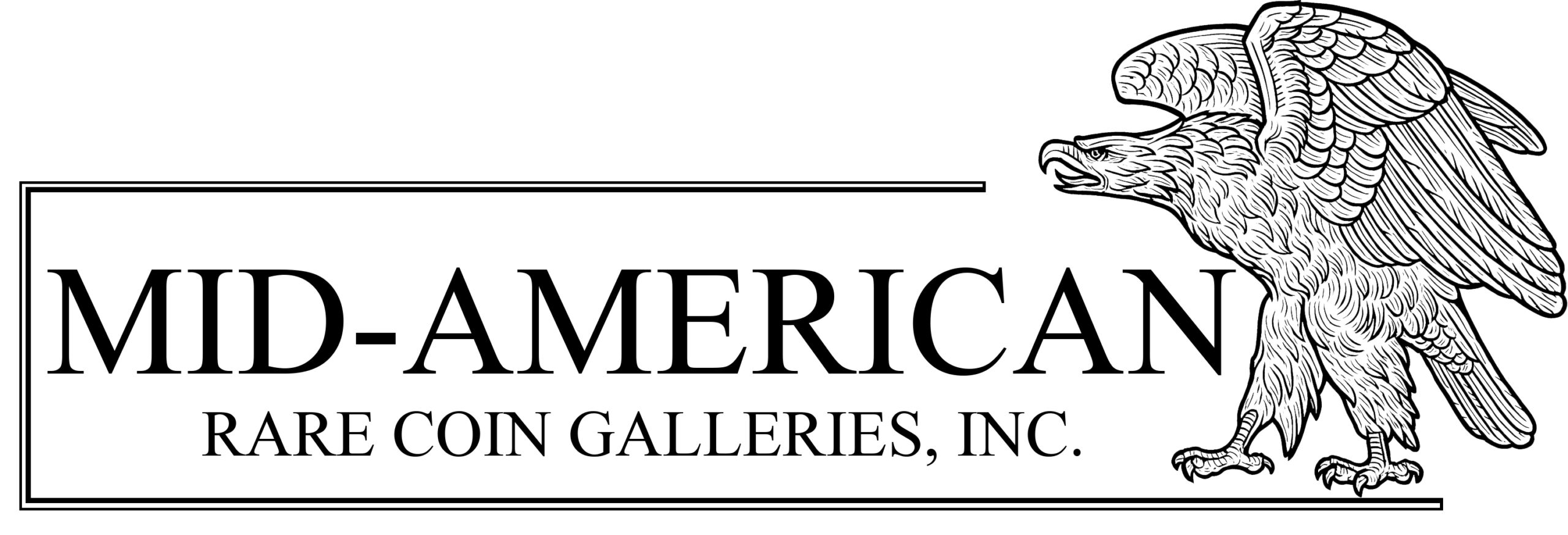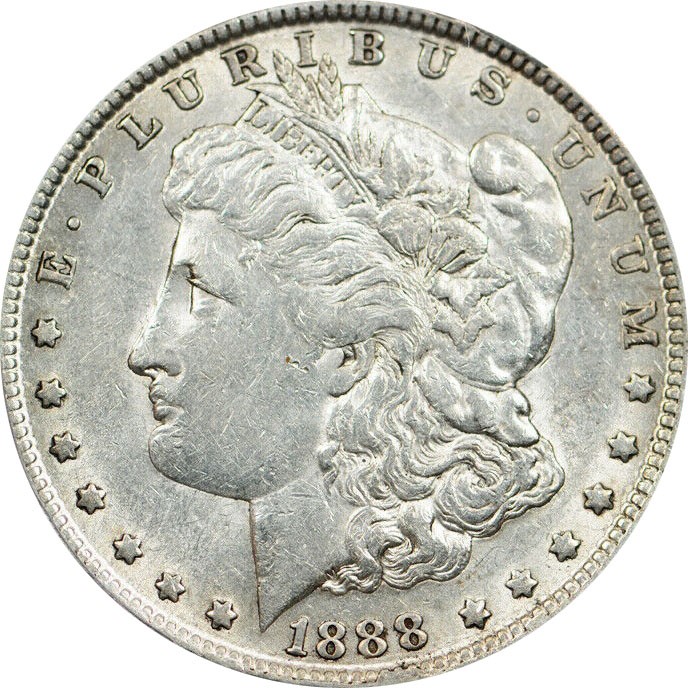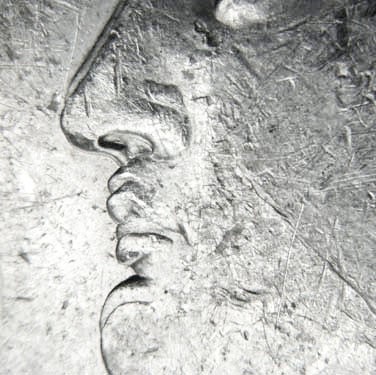Variety is the spice of life — and coin collecting.
Over the last several months, a client of mine has taken a deep dive into collecting Morgan Silver Dollars. This client is quite studious and has spent considerable time learning the series. Every once in a while, he will ask a question about collecting Morgan Dollars that may seem obvious to seasoned collectors, but clearly is not to someone new to the hobby.
His most recent inquiry was about the subject of Morgan Dollar varieties. The question is a very good one — What are varieties and which coins are part of a complete Morgan Dollar set? This same question could be asked for about every series, and the answer is actually quite complex.
According to the NGC Glossary: A variety is a coin that differs from its basic design type in some distinctive way and is thus differentiated by collectors. While this is a good definition of the term, it does not necessarily give an indication about how to collect them.
 |
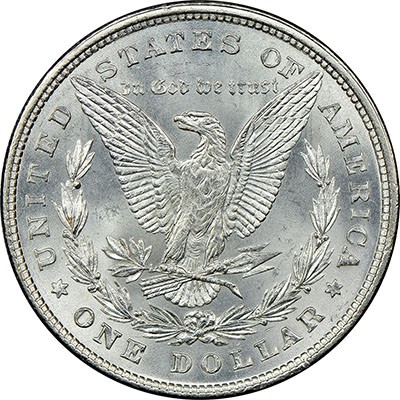 |
| The 8 tail feather Morgan is a popular variety in the Morgan Dollar series. Click images to enlarge. |
|
Love for Large Cents
In the United States, collecting by die variety is about as old as the hobby itself. Many of the most active early collectors of US coins collected Colonial copper coinage and Large Cents by die variety. This part of the market is very mature, and there are thousands of collectors devoted to owning as many different Large Cent varieties as possible. To the point, the standard reference for the series was written by William Sheldon decades ago.
Most dates of Large Cents were produced from several different dies, and each is very slightly different. Some were struck in large numbers with a plentiful supply of survivors. Others saw very limited production resulting in great rarities today. The 1793 Wreath Cent is a great example. There are several varieties that would be considered common and two varieties that are now called “Strawberry Leaf.” These are incredibly rare, with just a few known.
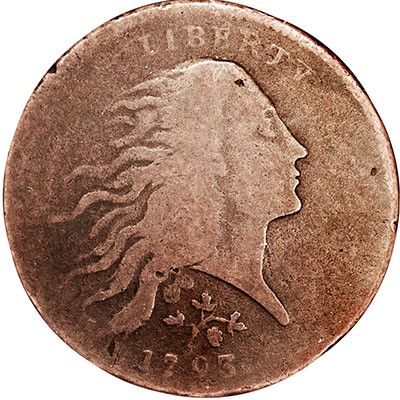 |
 |
| A sprig of trefoil leaves above the date resembling strawberry leaves identifies the rare “Strawberry Leaf” variety. Click images to enlarge. |
|
Collecting Morgan varieties by “VAM” number
Unlike Large Cents, most other series of US coinage are not collected by die variety to the same extent. There is a very detailed book on Morgan Dollars by die variety by Leroy Van Allen and George Mallis. These coins are collected by so-called “VAM” number. There are lots of collectors for these varieties, but the market is not nearly as active as for early copper coinage.
Interestingly, there have been other references for the series that identify the top 100 “VAM” issues, and these are quite popular. Many of the “VAM” varieties display extremely minor differences and are a bit too subtle for most collectors. The top 100 list is for varieties that are more dramatic and have a greater commercial appeal. A couple of examples of these would be the 1888-O Double Die Obverse and the 1901 Double Die Reverse. Both are quite visible to the naked eye and command substantial premiums. They are also both listed in the Red Book.
Red Book, Greysheet
For decades, one of the biggest arbiters of what varieties should be collected alongside regular issues has been the Guide Book of United States Coins (Red Book), as Ken Bressett, the Editor-Emeritus of the Red Book, was scrupulous about which varieties should and should not be listed. He rightly felt an obligation to be careful when adding an issue to the book. Many collectors want to own all of the coins listed in the Red Book for the series they collect. If the Red Book listed every known variety for every US coin, it would be thousands of pages long.
As the current Senior Editor of the Red Book, each year I am lobbied by collectors and dealers to add different varieties to the Red Book. New varieties do get listed from time to time, but not without careful consideration of how the market will react.
Another guide for what varieties to collect are those listed in the Coin Dealer Newsletter (Greysheet). This price guide lists only the most widely collected varieties, such as the 1879-CC Capped Die Morgan Silver Dollar and many others. It would be interesting to assemble a list of all varieties of US coinage that are listed in both guides.
Another interesting exercise would be to look at Red Books or Greysheets from the 1980s or earlier to study which varieties were listed at that time. This would give collectors an idea of which coins have stood the test of time and will probably be collected by specialists into the future.
 |
Probably the most exciting aspect of collecting coins by variety is the opportunity to purchase a coin that is unattributed as such. For collectors who are willing to spend the time learning a series, the rewards can be considerable. There is even a term for the practice — Cherry Picking. Occasionally, Coin World or Numismatic News will feature an important die variety that has been discovered. In some cases, a well-established rarity will be found; other times, a completely new variety will surface. NGC has been responsible for several of the latter in the last few decades.
NGC also offers a great service for those collecting varieties called VarietyPlus. This gives submitters the opportunity to have their coin expertly attributed based on the standard reference for the series. This service costs $15 plus the grading tier chosen.
Live and let “die”
There is no right or wrong about which die varieties should be collected when assembling a set of rare coins. This is up to the buyer, but understanding them will help rank their relative importance. Anyone who collects Lincoln Cents will probably want the 1922 No D Strong Reverse (there are actually several variations of the 1922 No D Cent) and the 1955 Double Die. They may, however, skip the 1944 D/S and 1946 S/D. All are listed in the Red Book. Collecting these interesting issues can be fun, but in the long run, you make the final decision on what should be in your collection.
 |
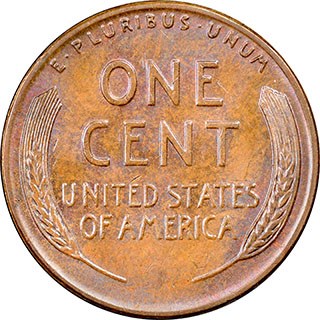 |
| The 1955 Doubled Die Obverse Lincoln Cent is one of the most famous varieties in all of numismatics. Click images to enlarge. |
|
For those who want to really get into the action, Whitman Publishing has recently issued an expanded Red Book that is over 1,500 pages and lists thousands of varieties. The so-called Mega Red has become extremely popular because of the expanded historical content and focus on die varieties.
For an even more thorough examination of die varieties, Whitman also publishes The Cherrypickers’ Guide by Bill Fivaz and J.T. Stanton. This books features many little-known varieties for every denomination. The book is extremely popular with those wanting to delve into the more obscure aspects of coin collecting.
If collecting coins only by date and mintmark has become less exciting over the years, I suggest doing some research into what varieties can be found for the series you collect. It might re-kindle your passion for collecting and expand your enjoyment of the hobby.
Happy hunting!
